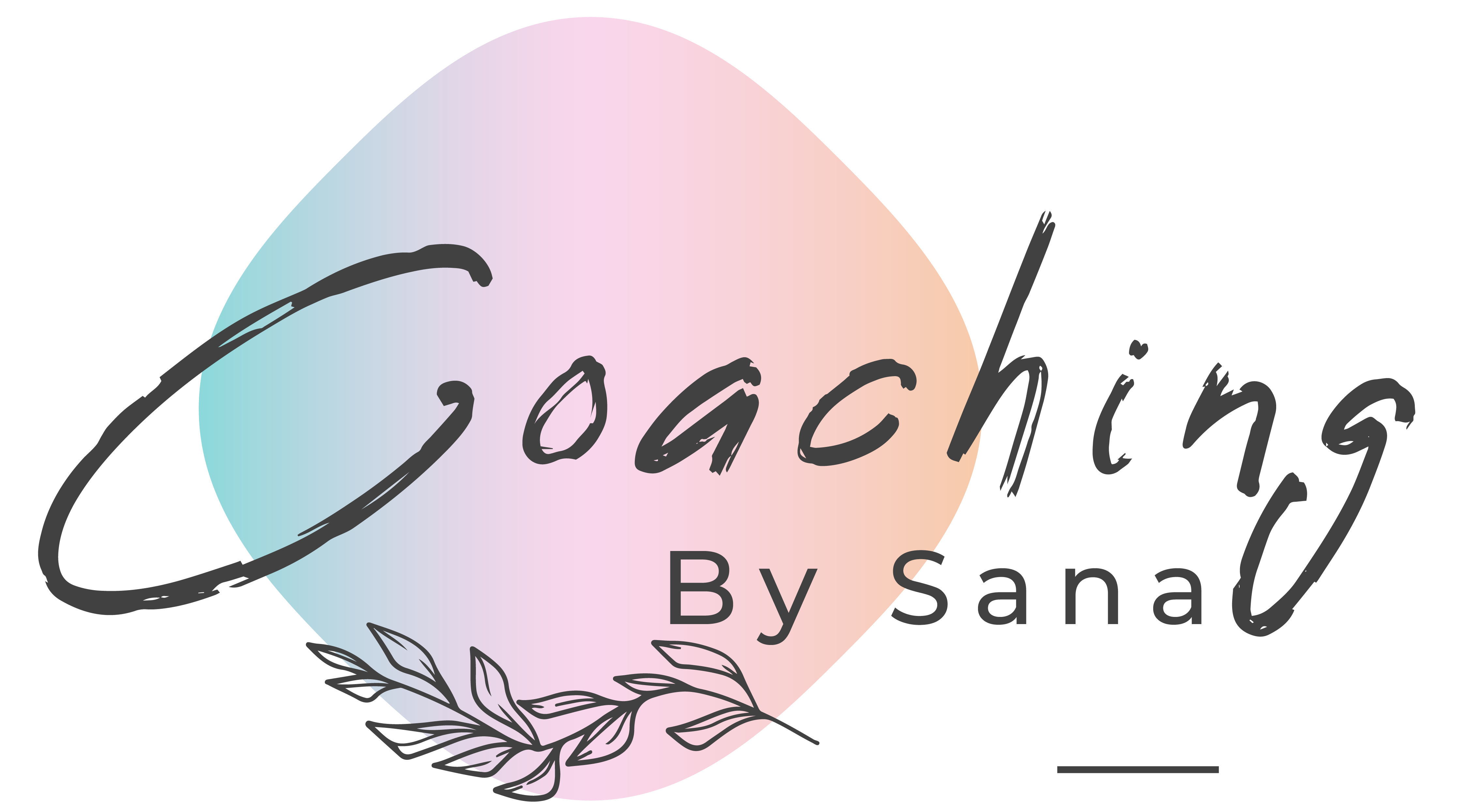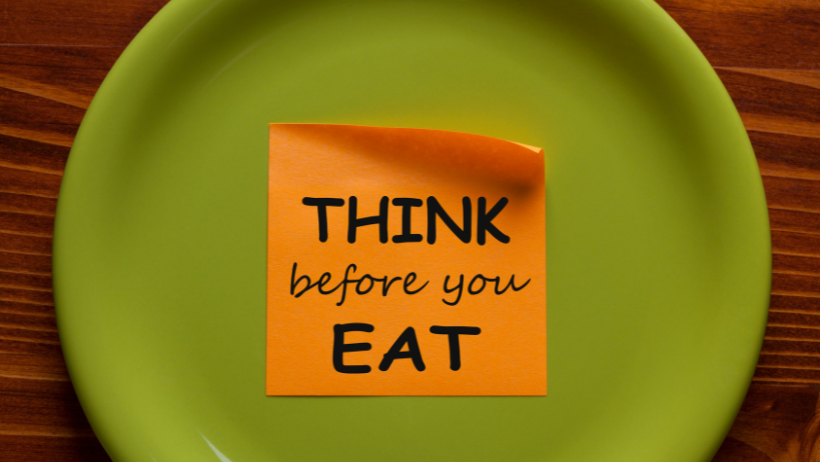In a society where new diets are being introduced almost every day, easy to follow, it is very hard to have a healthy relationship with food. Do you find it difficult to keep a perfect balance in your food consumption? Perhaps the answer is in the mind. Neuro-Linguistic Programming (NLP), a proven method in human change and development, provides strategies to redesign mental processes about food and consumption. NLP for food freedom!
Understanding NLP
Neuro-Linguistic Programming (NLP) is defined as the study of how human behavior patterns are shaped by the structure, functioning and modification of the brain processes and experiences. It emphasizes the connection between neurology (Mind), language, and learned behavior/communication which is acquired through experience. The goal of NLP is to change these habits to promote positive mental and emotional well-being.
The Connection Between Mind and Eating Habits
Our eating habits are greatly influenced by our ideas and emotions. Most people get stressed, anxious or bored, which makes them look for ways to overcome such situations and one of the common ways is by eating. This emotional eating can lead to unhealthy food choices and overeating, which might cause weight gain and other health issues. On the other hand, there are positive emotional states and a mindful approach to eating that contribute to more appropriate choices. Our Food ideas, including our attitudes, beliefs, and memories, influence our eating habits. When we consider a certain meal to be a “treat” or “reward,” for instance, we may overeat in it even when it’s unhealthy.
Understanding the mind-body connection and how it influences eating decisions is made possible by NLP. Subconscious programming—automatic ideas and behaviors imprinted over time influence our eating habits. NLP methods and techniques aim to identify and change these subconscious patterns to foster healthier eating habits.
NLP Techniques for Building a Healthy Relationship with Food
- Anchoring positive emotional states through creating an association between a specific stimulus and a particular emotional state.
- Reframing negative thoughts about food by changing its meaning and impact on you and to shift your mindset towards a healthier relationship with food.
- Visualizing desired outcomes through creating a mental image of your desired outcomes.
- Rapport building involves matching and mirroring behaviors, language, and body language to create a sense of trust and connection.
Practical Advice for Building a Healthy Relationship with Food through NLP
- Keep a journal with you to track what you eat, when you eat, and your feelings through this process.
- Pay attention to the way you talk to yourself about food and eating, and notice any limiting beliefs.
- Change the negative thoughts to positive ones.
- Identify the emotions that lead you to eat and manage it.
- Create a positive physical anchor that you connect to every achievement you reach, or when you are feeling positive or calm.
- Use positive affirmations to reinforce a healthy self-image.
- Surround yourself with people who support your healthy eating goals.
Using NLP techniques will help you on your mission to developing a healthy relationship with food. By becoming aware of your eating habits, reframing negative thoughts, anchoring positive states, and visualizing success, you can create lasting change. It’s important to be self-aware and consistent; to celebrate accomplishments, establish reasonable objectives, and learn from mistakes. Not only can incorporating NLP into your daily routine help your relationship with food, but also improves your whole state of wellbeing. Start small, stay committed, and make mindful, healthful decisions to support your body and mind. Your journey to a food freedom with NLP begins now.
If you ever need the help from a NLP master practitioner and coach, book your free consultation session now.

